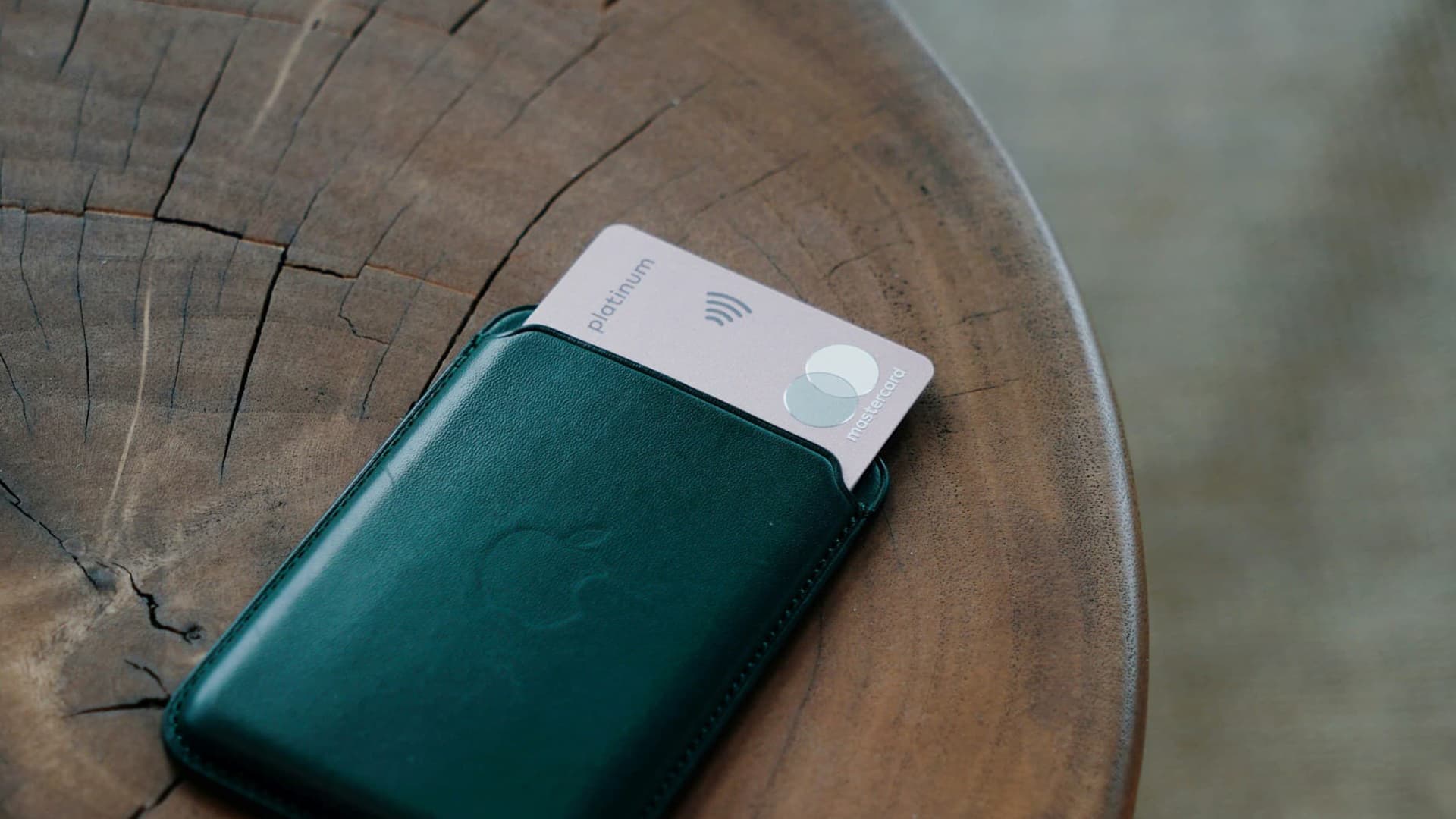A (Not so) Helpful Company
Why it’s essential brand promise is backed by experience
We recently moved our home, car and travel insurance over to a new provider. I’m not here to name and shame, although if you’re Australian the title may give it away.
The reason for moving was a routine price review, however the reason for selecting the provider was more than price, it was their promise. They promise to be helpful. And as one of Australia’s largest, oldest and most trusted providers, we believed we would be in good hands.
After a stolen watch in the South of France and a storm damaged computer at home we came to discover that, in reality, they aren’t so helpful. More than that, they are annoying.
In their defence they did partly insure us for the damaged computer (not the watch 🤷♀️), but the process was inefficient and overly cumbersome. Their online forms were clunky and did not work. They chased us for documents that we had tried uploading. Then after days of waiting for a call that had been promised within 24 hrs, they questioned whether it was water damage or storm damage…and the real kicker, if it’s a result of an accident rather than a storm we would have to start the claim from scratch because that is a different department! This is 2025, surely you can just check a box in the system by now!
Their brand promise (being a Help Company) sounds nice on the side of a bus. Even my 9 year old son has commented on it. But when the reality didn’t line up with the promise I was left more disappointed and disgruntled than I would have been if they had never made the promise in the first place.
Most people expect insurance companies to be difficult. But when a company builds their whole promise around being different, being helpful, it sets the expectation for something different. And sets them up for failure when the promise is merely clever advertising and isn’t backed up by experience every step of the way.
So how can you avoid your customers having a disappointing experience with your company?
It comes down to defining the promise and aligning the experience.
Your brand is built by every touch point a consumer has with you. Both directly (ads, website, customer service, product, etc) and also indirectly (reviews, social media, word of mouth, affiliations, etc.). Your consumer is now not just consuming your brand, they are actively contributing to it. And the shift to using tools like ChatGPT to recommend products and services will only fuel this further.
The task of brand building is meticulously ensuring that every touch point is intentionally and strategically working to build the intended brand position.
Here are four steps you can take to define the promise and align the experience:
1. Clarify your brand promise
Start by taking a look at what you’re promising.
Are you and your team clear on what it is? Are you comfortable making this promise? Are you confident you can fulfil it at least most of the time for most of the people? Is it consistent across everything?
Don’t have a clearly articulated brand promise? Take the time to identify the unique value you bring to your audiences and craft a promise around this.
2. Audit the experience
Note every touch point, both direct and indirect. Be as granular as possible – what is it like to be on hold? Do all your online forms work smoothly? Are your forms even online? How is your product displayed in retail outlets? What are people posting about you online? The list goes on.
For each point noted take a look at whether or not it aligns with your brand promise. Is it helping build the brand you want to build? What can you change to utilise that touch point to better reinforce your brand?
3. Craft the plan
Take the insights from your audit and translate them into a clear, actionable roadmap.
Prioritise the most critical gaps that could be holding your brand back—whether that’s inconsistent messaging, poor customer service, or a clunky sales process. Define specific objectives, assign ownership, set timelines, and identify the resources you’ll need.
A good plan will position your brand for growth and resilience.
4. Monitor constantly
Monitor everything all of the time. Brand building is like herding sheep, one is likely to run off in a different direction the moment you look away.
It may sound like a lot of work, but great brands are not built by chance. They are built by many small interactions combining to create one great brand experience that backs the brand promise.
Let’s be true to our word, stop over promising and underdelivering and create great experiences for our customers.



